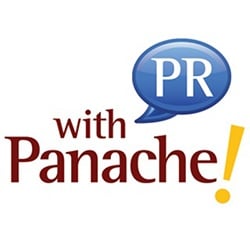This is part one of a six-part series revolving around how to improve the classroom experience for students with dyslexia.
The history of reading instruction in the United States is surprisingly well-documented. This history includes the various theories and practices for teaching reading that have existed over the last century.
There are podcasts, radio, and print pieces on what have been called the “reading wars,” an ongoing debate among educators, researchers, politicians, and more about the best way students should be taught to read. Much of the debate centers on the teaching of phonics—connecting the sounds of speech to the letters that represent them in order to decode words that are unfamiliar—versus a whole language approach that relies on exposure to text rather than teaching the components of the language.
Mark Seidenberg’s book Reading at the Speed of Sight offers a drop-the-mic description of the reading wars. He explains that while educators shouldn’t be blamed for implementing the whole language approach over the last several decades, continuing to make the claim that whole language is the best way to teach reading should be faulted because research has contradicted this assertion beyond a reasonable doubt. Educators have a responsibility to know and practice the reading instruction approaches that are best for their students.
With all of the confusion surrounding the science of reading and what we have learned about how we learn to read, a unifying term has finally been born to explain the best practice in reading instruction for students with dyslexia. Here’s why Structured Literacy is the most effective approach to reading instruction for students with dyslexia and how you can implement it in your classroom.
To read the full article click here.


